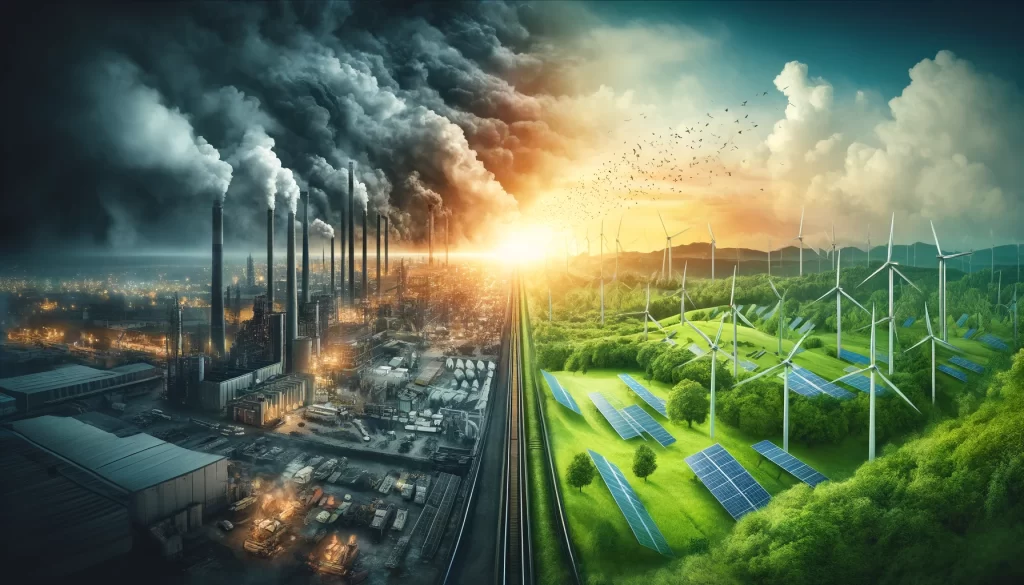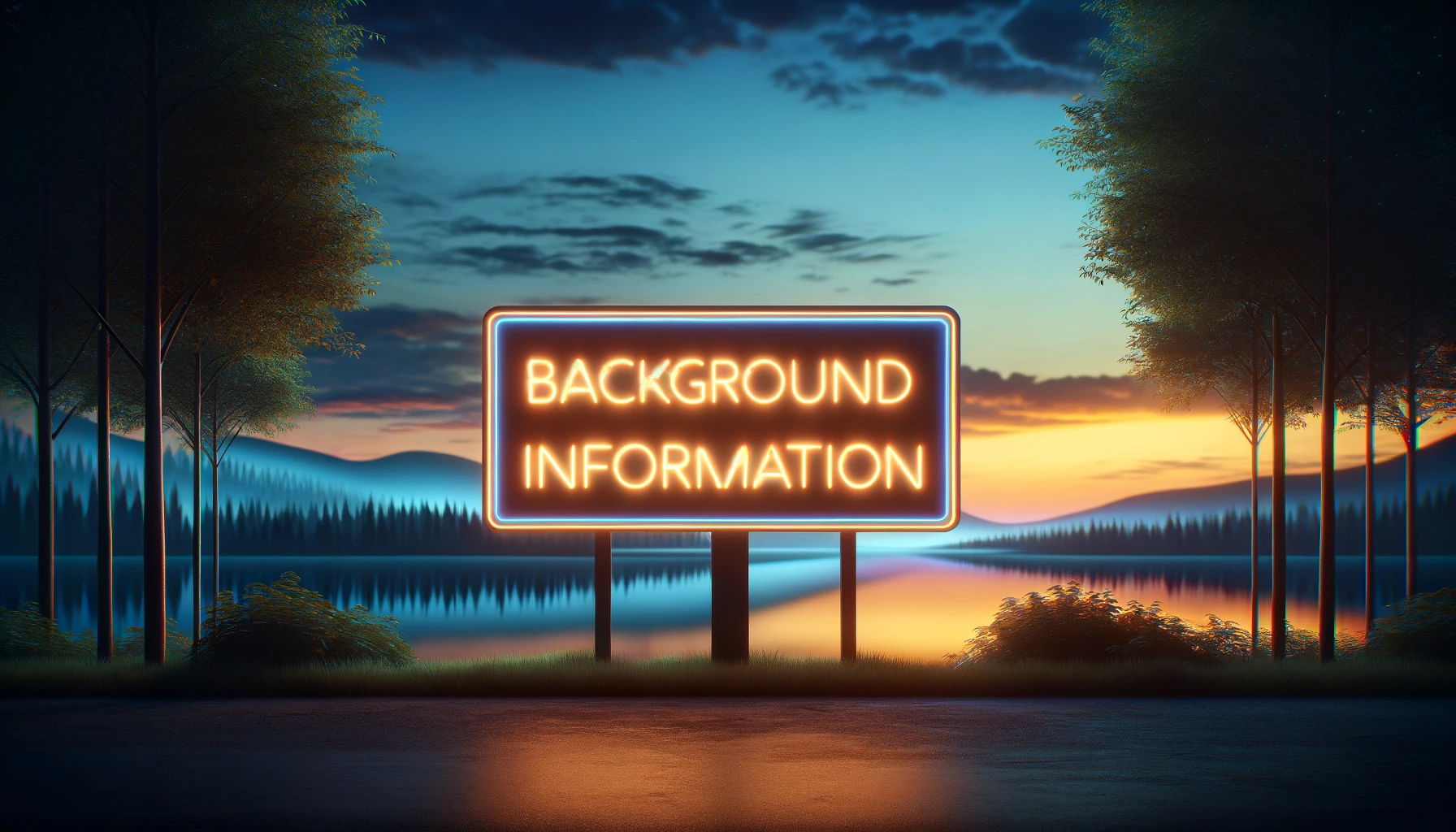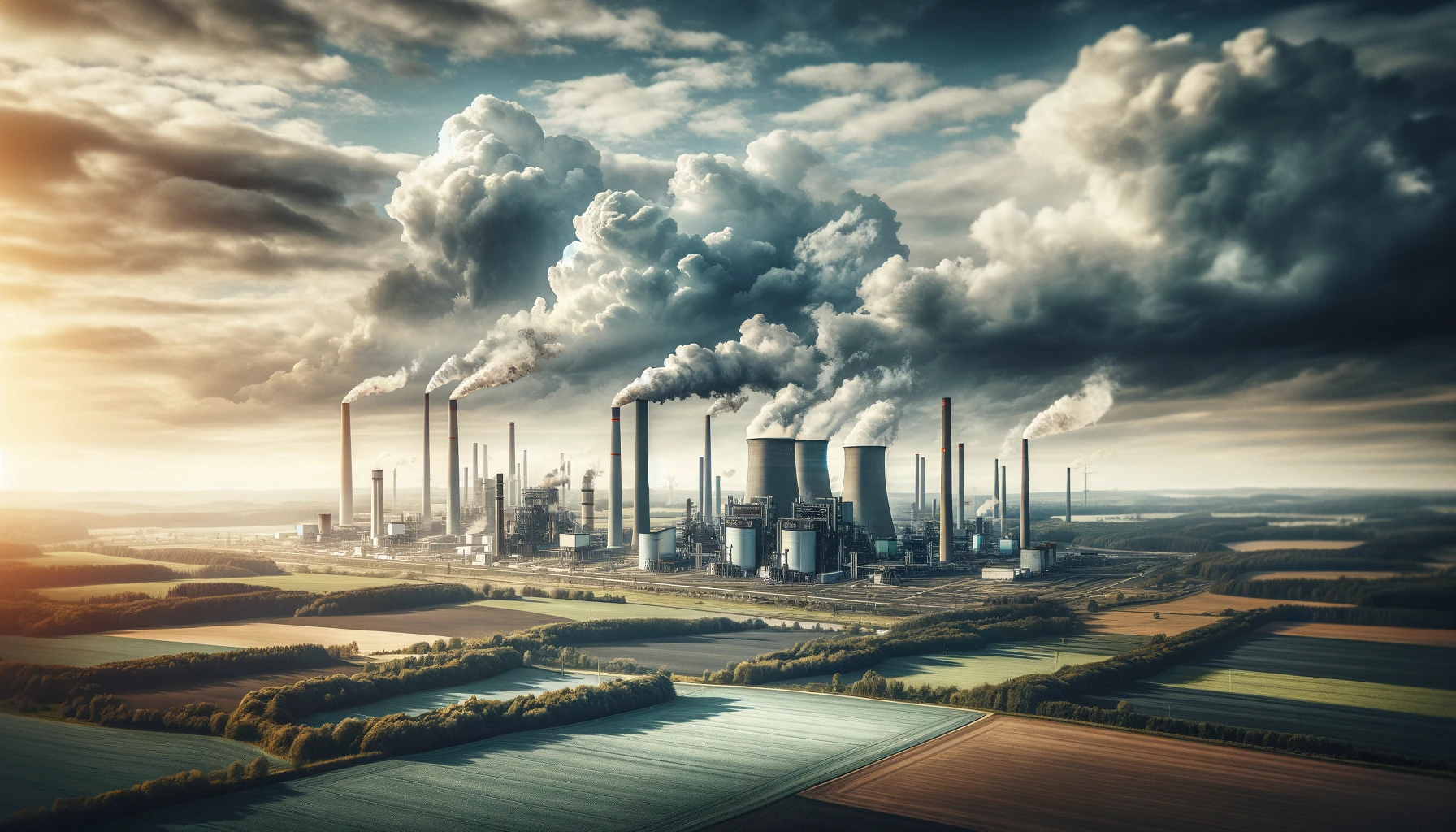On Thursday, the Biden administration announced a significant move to combat climate change by targeting coal-fired power plants. A new rule from the Environmental Protection Agency (EPA) demands that these plants drastically cut down on the harmful gases they emit into the atmosphere or cease operations. Specifically, the regulation requires that coal plants in the United States reduce 90 percent of their emissions that contribute to global warming by the year 2039, which is a year sooner than initially planned.
This decision has been praised by environmental advocates but criticized by leaders in the coal industry, who argue that achieving these emission reductions is not feasible. Additionally, the EPA has introduced three more rules affecting coal power stations: there are now stricter controls on mercury emissions—a toxic substance that can harm children’s development—from plants using low-quality lignite coal, tougher regulations on the leaking of hazardous coal ash into water supplies, and stricter limits on wastewater discharges.
These new regulations represent a strong push by the government to phase out coal, a major energy source in the past that now poses significant environmental risks due to its high carbon emissions. The move aligns with other recent efforts by the administration, such as rules to decrease emissions from vehicles and promote electric cars, aimed at addressing the primary sources of carbon pollution in the U.S.
President Biden has set ambitious goals to reduce this pollution by about 50 percent from 2005 levels by 2030 and to eliminate emissions from the power sector entirely by 2035. The decline of the coal industry has been ongoing, driven by stricter environmental policies and the rise of cheaper and cleaner energy alternatives like natural gas and renewables. Currently, coal plants generate only 16.2 percent of the nation’s electricity, a steep drop from 52 percent in 1990.
Eliminating emissions from coal plants is challenging. The primary method involves carbon capture and sequestration, which captures emissions before they enter the atmosphere and stores them underground. This technology is costly and not yet widely used in the U.S. Other potential technologies, like converting coal plants to use ammonia, are still under exploration.
The new EPA rules also apply to future gas-burning facilities, which will need to capture their emissions or use non-polluting fuels, though existing gas power plants are exempt.
EPA Administrator Michael S. Regan emphasized the administration’s commitment to addressing climate change and reducing pollution across communities, stating, “By developing these standards in a clear, transparent, inclusive manner, E.P.A. is cutting pollution while ensuring that power companies can make smart investments and continue to deliver reliable electricity for all Americans.”

Manish Bapna, president of the Natural Resources Defense Council, an environmental group, summed up the impact of these regulations by stating, “the age of unbridled climate pollution from power plants is finally over.”
The EPA has made a projection that its new rule aimed at reducing greenhouse gases from power plants could significantly impact carbon emissions. The agency estimates that this rule will cut down 1.38 billion metric tons of carbon dioxide by the year 2047. This reduction is roughly equivalent to the annual emissions produced by 328 million gasoline-powered cars.
Implementing these regulations is expected to cost the industry about $19 billion by 2047. However, the EPA believes the economic gains from these rules will be substantially higher. By preventing pollution, the regulations could save the economy $270 billion. This savings would come from avoiding costs associated with climate change-related issues like floods, wildfires, droughts, and disruptions in supply chains.
The EPA also predicts substantial health benefits from the new rule. By limiting the release of pollutants such as soot, the agency forecasts $120 billion in public health benefits over the same period. Specifically, by 2035, the rule could prevent up to 1,200 early deaths, 870 hospital and emergency room visits, 360,000 asthma attacks, 48,000 school absences, and 57,000 lost workdays.
Harold Wimmer, president and CEO of the American Lung Association, highlighted the significance of this regulation for public health, particularly for children, declaring, “Today is a good day for public health, particularly kids’ health.”
However, not everyone supports the new regulations. Republicans, electric utilities, and the coal industry are expected to challenge them, citing concerns over job losses, increased likelihood of power outages, and higher electricity costs. Michelle Bloodworth, president and CEO of America’s Power, a trade group for the coal industry, criticized the regulations as unrealistic. Furthermore, Jim Matheson, CEO of the National Rural Electric Cooperative Association, argued that the new rules compromise the reliability of the electric grid at a critical time for the nation’s energy future.
Former President Donald Trump, who is seeking to return to office, has stated his intention to revoke these regulations if he wins against President Biden. In a campaign video, Trump claimed that renewable energy sources like wind and solar are ineffective and overly dependent on subsidies—a statement that contrasts with data showing that renewables are becoming more cost-effective than fossil fuels, even without financial incentives.
The rule includes specific targets for different types of coal plants. For those expected to operate through or beyond 2039, they must reduce their greenhouse gas emissions by 90% by 2032. Plants scheduled to close by 2039 need to cut their emissions by 16% by 2030, and those retiring before 2032 are not subject to the regulations.
As the coal plants in the U.S. age, many might shut down before facing the strictest requirements of the new rules. Over the last decade, more than 200 coal plants have closed, and about a quarter of the current 200 plants are expected to retire within the next five years, reflecting the ongoing shift in the country’s energy landscape.

The EPA had initially considered imposing emissions limits on large gas plants currently in operation. However, this plan was withdrawn following concerns from moderate Democrats and the natural gas industry. Environmental justice groups also expressed worries that such restrictions might lead utilities to increase usage of smaller, less efficient gas units, known as peaker plants, which are often located in economically disadvantaged and minority communities already facing high pollution levels.
According to the revised regulations, new natural gas plants operating at least 40 percent of their maximum annual capacity will need to reduce their emissions by 90 percent by 2032. New gas plants operating below this threshold must employ low-polluting technologies like energy-efficient turbines, though the regulations are not stringent enough to mandate the installation of carbon capture and sequestration technologies.
The EPA does not have the authority to mandate electric utilities to use specific technologies or fuels but can establish emissions limits. These limits are typically so strict that, in practice, coal and new gas plants may have to adopt carbon capture technology or switch to cleaner fuels to comply.
Emily Grubert, an associate professor of sustainable energy policy at the University of Notre Dame, believes that, while technically feasible, it is unlikely that coal plants will continue operating under these stringent new regulations. She notes that installing costly carbon capture technology on aging coal plants is economically impractical, as the plants are near the end of their operational life anyway.
One notable project in this area is the Minnkota electric cooperative’s Project Tundra in North Dakota. This initiative, expected to be the world’s largest carbon capture project, aims to reduce emissions from a 450-megawatt lignite coal unit by about 90 percent, with projected costs ranging from $1.3 billion to $1.6 billion. Mac McLennan, CEO of Minnkota, remains uncertain if this technology will allow the plant to continue operations under the new rules, acknowledging that the plant has yet to capture any CO2 or even be constructed.
Despite the innovations in carbon capture, concerns remain about the overall reliability of the power grid. Ms. Bloodworth has argued that the EPA’s new rules could further strain a power grid already under pressure from increasing electricity demands.
The regulations include provisions for emergency situations. For example, during major storms causing power outages, utilities may operate coal or gas plants without carbon capture technology. Additionally, if shutting down a coal plant by a certain date would breach state power reliability standards, it might be allowed to operate for an additional year.
This policy shift follows a long history of regulatory efforts and challenges. The Obama administration attempted to curtail carbon pollution from coal plants with the 2015 Clean Power Plan, which was halted by the Supreme Court. The Trump administration subsequently rolled back these regulations, favoring policies that would extend the life of coal plants.
In 2022, the Supreme Court recognized the EPA’s authority to regulate emissions but restricted it from enforcing a nationwide shift away from coal. This decision only allows the government to implement more focused policies that regulate individual plant operations.
Barbara Freese, author of “Coal: A Human History” and an environmental attorney, commented on the powerful influence of the coal industry, which has obstructed regulatory efforts and the acceptance of climate science for decades. She emphasized the frustration and delays caused by the industry’s resistance, saying, “It has put us years behind schedule. It is infuriating we had to wait this long.”
This article is based on the following article:

Background Information
By understanding these foundational concepts, readers can better grasp the complexities and significance of the new regulations aimed at combating climate change and their broader impacts on society and the environment.
1. Climate Change
- Definition: Climate change refers to significant changes in global temperatures and weather patterns over time. While climate has changed throughout Earth’s history, current changes are rapid and largely due to human activities.
- Causes: The primary driver of recent climate change is the increase in greenhouse gases, such as carbon dioxide (CO2), due to burning fossil fuels (like coal, oil, and natural gas), deforestation, and industrial activities.
- Effects: Climate change impacts include rising sea levels, changing precipitation patterns, more extreme weather events (like hurricanes and droughts), and disruptions to ecosystems and wildlife.
2. Greenhouse Gases and Carbon Emissions
- Greenhouse Gases (GHGs): These gases trap heat in the atmosphere and include carbon dioxide (CO2), methane (CH4), and nitrous oxide (N2O). Carbon dioxide, produced by burning fossil fuels, is the most significant contributor to human-caused climate change.
- Carbon Emissions: Refers to the release of carbon, especially as carbon dioxide, into the atmosphere. It is a primary source of pollution that contributes to global warming and climate change.
3. Coal-Fired Power Plants
- Function: These plants burn coal to produce electricity. The burning of coal releases significant amounts of CO2 and other pollutants.
- Environmental Impact: Coal plants are among the largest sources of carbon emissions worldwide and contribute to air pollution and health problems, such as respiratory diseases.
4. Regulatory Bodies and Policies
- Environmental Protection Agency (EPA): A U.S. government agency responsible for the protection of human health and the environment by writing and enforcing regulations based on laws passed by Congress.
- Clean Power Plan: Initiated under President Obama, this plan aimed to reduce carbon emissions from power plants but was challenged and blocked by the Supreme Court.
- Biden’s Climate Regulations: These include the stringent new rules discussed in the article, which aim to significantly reduce emissions from both coal-fired and natural gas power plants.
5. Carbon Capture and Sequestration (CCS)
- Definition: A technology aimed at capturing carbon dioxide from sources like power plants before it enters the atmosphere and then storing it underground to prevent it from contributing to global warming.
- Relevance: Mentioned as a necessary technology for coal and gas plants to comply with new emission standards, though it’s expensive and not yet widely adopted.
6. Impact on Communities
- Environmental Justice: Concerns about how environmental policies affect poorer and minority communities, which often face greater exposure to pollution and fewer resources to address its impacts.
- Peaker Plants: Smaller, less efficient power plants that operate when there is a high demand for electricity. They are often located in disadvantaged areas and contribute disproportionately to local pollution.
7. Legal and Political Challenges
- Supreme Court Decisions: The Supreme Court has played a crucial role in shaping U.S. climate policy by upholding or blocking various regulations.
- Political Opposition: There are significant political and industrial challenges to implementing strict environmental regulations, often based on economic concerns, such as job losses in the coal industry.

Debate/Essay Questions
- Should the government prioritize environmental regulations over economic impacts, such as potential job losses in traditional energy sectors like coal?
- Is the federal government’s approach to regulating emissions an overreach of its authority, or a necessary action for addressing climate change?
Please subscribe to Insight Fortnight, our biweekly newsletter!
